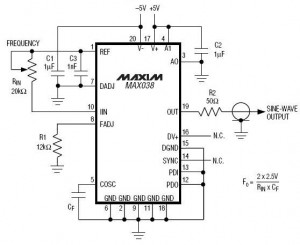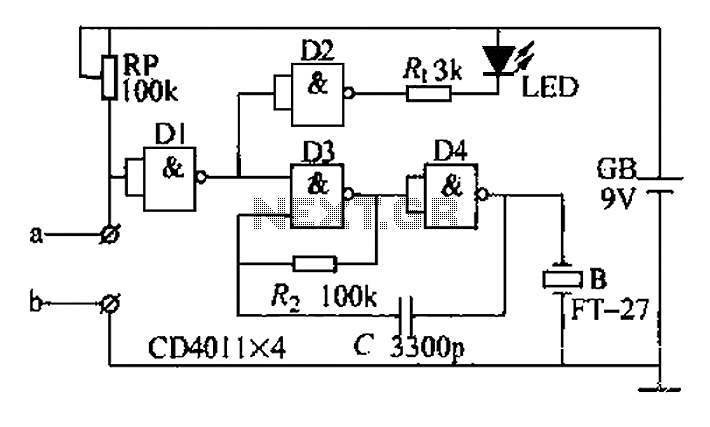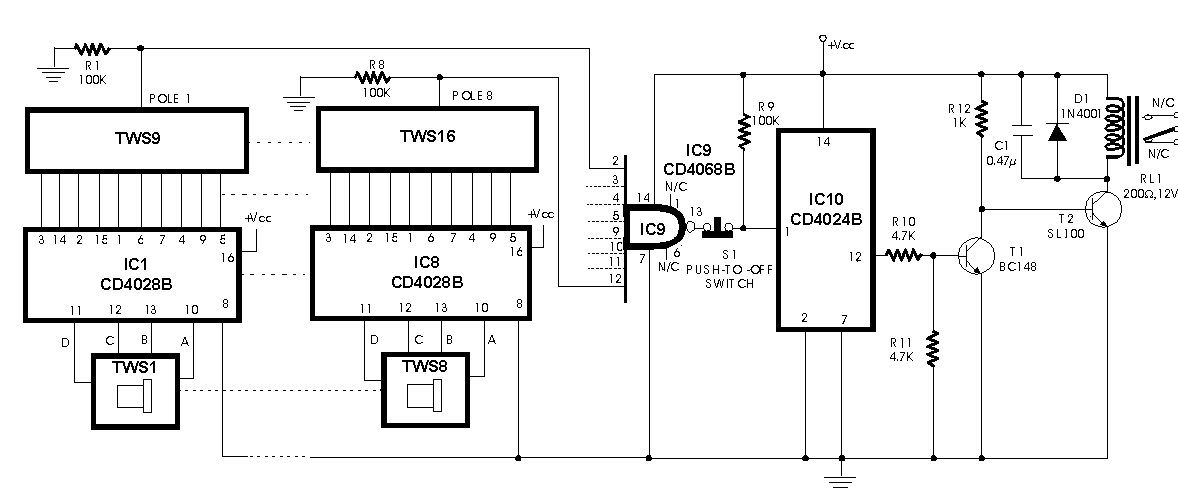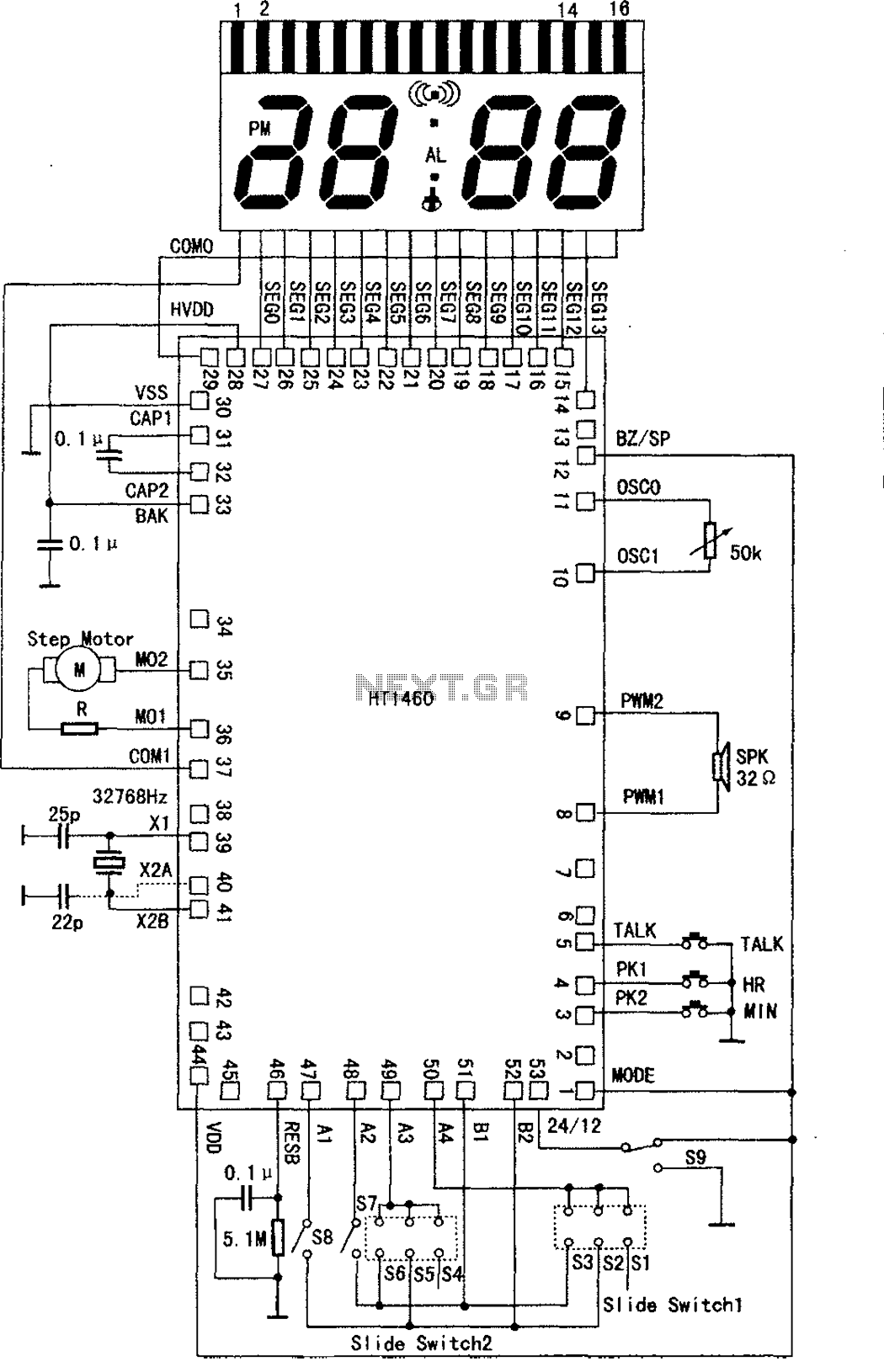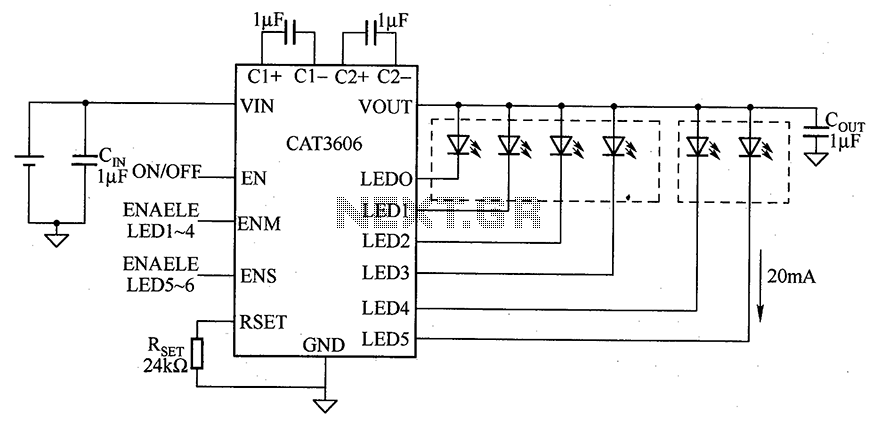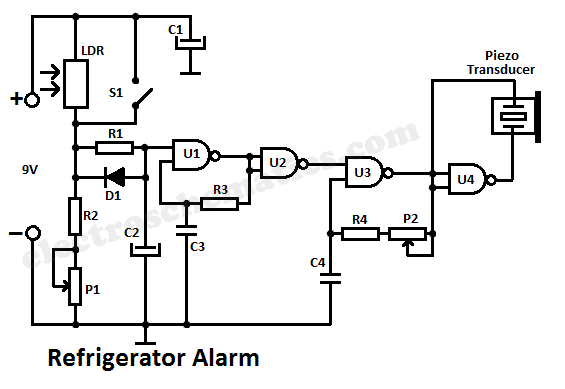
BC107 Street light circuit
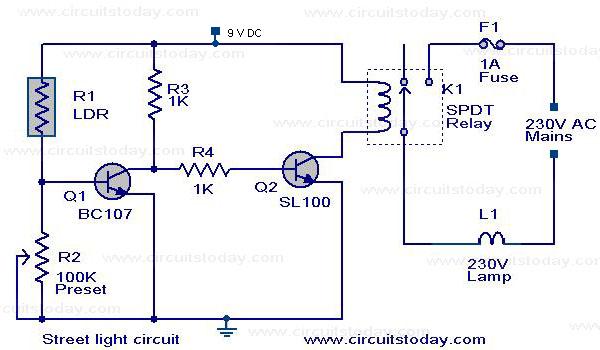
A street light that automatically switches ON when night falls and turns OFF when the sun rises. The circuit uses an LDR to sense the light.
The automatic street light circuit functions by utilizing a Light Dependent Resistor (LDR) as the primary sensing element. The LDR is a type of resistor whose resistance decreases with increasing incident light intensity, thereby enabling it to detect ambient light levels effectively.
The circuit typically consists of a power supply, an LDR, a comparator (often an operational amplifier), and a relay or transistor to control the street light. During daylight, the LDR experiences high light levels, resulting in low resistance. This low resistance condition keeps the voltage at the comparator's inverting input higher than that at the non-inverting input, preventing the output from switching on the relay or transistor, and thus keeping the street light OFF.
As night falls and light levels decrease, the resistance of the LDR increases. This change causes the voltage at the non-inverting input of the comparator to exceed that at the inverting input, triggering the output to switch the relay or transistor ON. Consequently, the street light illuminates, providing necessary visibility during nighttime.
The circuit may also include additional components such as a potentiometer for adjusting the sensitivity of the LDR, ensuring that the light activates at the desired ambient light level. Furthermore, a diode may be integrated to prevent back EMF from damaging the circuit when the relay turns OFF.
This automatic street light circuit is an efficient solution for outdoor lighting, providing convenience and energy savings by ensuring lights are only operational when needed.a street light that automatically switches ON when the night falls and turns OFF when the sun rises. The circuit uses an LDR to sense the light .. 🔗 External reference
The automatic street light circuit functions by utilizing a Light Dependent Resistor (LDR) as the primary sensing element. The LDR is a type of resistor whose resistance decreases with increasing incident light intensity, thereby enabling it to detect ambient light levels effectively.
The circuit typically consists of a power supply, an LDR, a comparator (often an operational amplifier), and a relay or transistor to control the street light. During daylight, the LDR experiences high light levels, resulting in low resistance. This low resistance condition keeps the voltage at the comparator's inverting input higher than that at the non-inverting input, preventing the output from switching on the relay or transistor, and thus keeping the street light OFF.
As night falls and light levels decrease, the resistance of the LDR increases. This change causes the voltage at the non-inverting input of the comparator to exceed that at the inverting input, triggering the output to switch the relay or transistor ON. Consequently, the street light illuminates, providing necessary visibility during nighttime.
The circuit may also include additional components such as a potentiometer for adjusting the sensitivity of the LDR, ensuring that the light activates at the desired ambient light level. Furthermore, a diode may be integrated to prevent back EMF from damaging the circuit when the relay turns OFF.
This automatic street light circuit is an efficient solution for outdoor lighting, providing convenience and energy savings by ensuring lights are only operational when needed.a street light that automatically switches ON when the night falls and turns OFF when the sun rises. The circuit uses an LDR to sense the light .. 🔗 External reference
